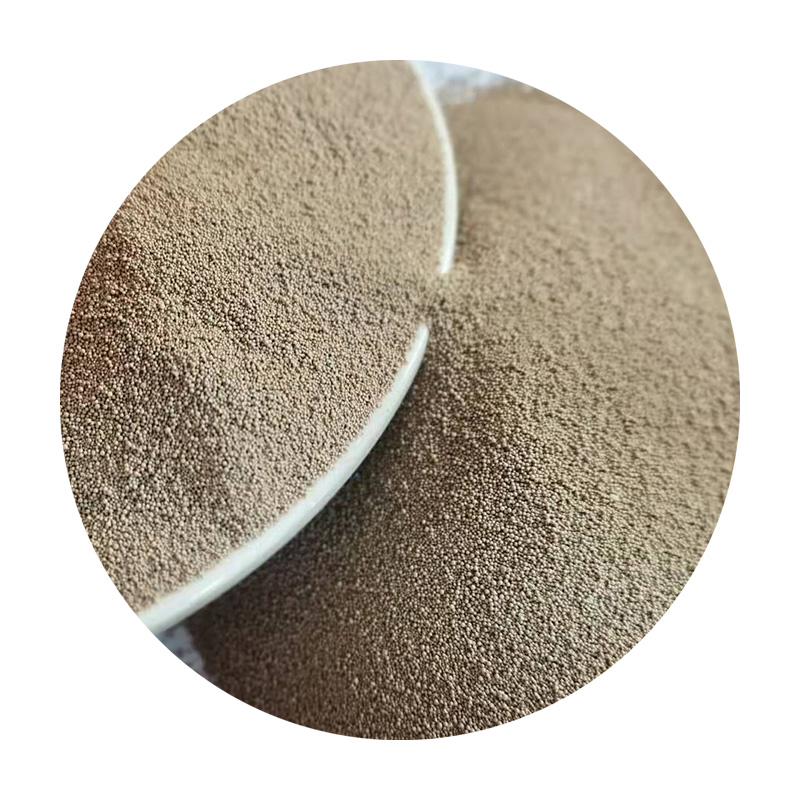Understanding the Sand Casting Process
Sand casting is a versatile and widely used metal casting process that involves pouring liquid metal into a mold created from sand. This method is employed to produce complex shapes and is favored in the manufacturing of both small and large parts across various industries, including automotive, aerospace, and consumer goods. In this article, we will explore the steps involved in sand casting and its numerous advantages.
Step 1 Pattern Creation
The first step in the sand casting process is creating a pattern, which is a replica of the final product. Patterns can be made from various materials such as wood, plastic, or metal, depending on the complexity and desired precision of the final cast. The pattern is crafted slightly larger than the final dimensions of the casting to account for metal shrinkage during cooling.
Step 2 Molding
Once the pattern is ready, the next step is to create the mold. Sand, combined with a binding agent (usually clay), is used to form the mold. The sand mixture is packed tightly around the pattern in a mold box. This technique is known as the ‘green sand’ process. The two halves of the mold are carefully separated, and the pattern is removed, leaving a cavity that mirrors the shape of the pattern.
For more complex shapes, cores made from sand or other materials may be used to create internal features in the casting. These cores are placed in the mold before the molten metal is poured in.
Step 3 Pouring the Metal
The next phase is the pouring of molten metal into the prepared sand mold. The metal is typically heated in a furnace until it reaches the required temperature for pouring. This can vary based on the type of metal used, such as aluminum, iron, or bronze.
Once the metal is ready, it is carefully poured into the mold through a pouring basin and down the sprue, which is a channel that directs the flow of metal into the mold cavity. This step requires precision to avoid defects like air pockets or uneven surfaces.
Step 4 Cooling and Solidification
how sand casting is done

After the molten metal has been poured, it is allowed to cool and solidify within the mold. The cooling time varies depending on the size and thickness of the casting, as well as the type of metal used. During this stage, the metal undergoes a phase change from liquid to solid, taking on the shape of the mold.
Step 5 Removing the Casting
Once the metal has fully cooled and solidified, the sand mold is broken away to reveal the casting. This process is often performed manually, though mechanical means can also be employed for larger or more complex parts. The sand can typically be reused, making this process not only efficient but also environmentally friendly.
Step 6 Finishing
After the casting has been removed from the mold, it usually requires several finishing processes to achieve the desired surface quality and dimensions. These processes may include sanding, grinding, machining, and cleaning to remove any sand residue. Inspection is crucial during this stage to ensure the casting meets specifications and quality standards.
Advantages of Sand Casting
Sand casting offers numerous advantages that make it a popular choice among manufacturers. Firstly, it is capable of producing intricate and large components that might be complex to create using other methods. Additionally, sand casting is economically viable for both small batch production and large-scale manufacturing. The materials required are relatively inexpensive, and the ability to reuse sand reduces waste.
Moreover, the versatility of sand casting allows for the use of various metals and alloys, catering to specific needs across different industries. Lastly, the process is relatively straightforward, making it accessible for many manufacturers.
Conclusion
In conclusion, sand casting is a time-honored method that combines simplicity and effectiveness. By understanding the steps involved in sand casting, manufacturers can produce high-quality metal components that meet a wide range of applications. Its ability to accommodate complex designs while remaining cost-effective solidifies sand casting's role as a cornerstone of the metalworking industry. As technology evolves, the future of sand casting looks promising, with innovations enhancing its efficiency and capabilities even further.
Post time:ಡಿಸೆ . 05, 2024 14:27
Next:3d printing sand
